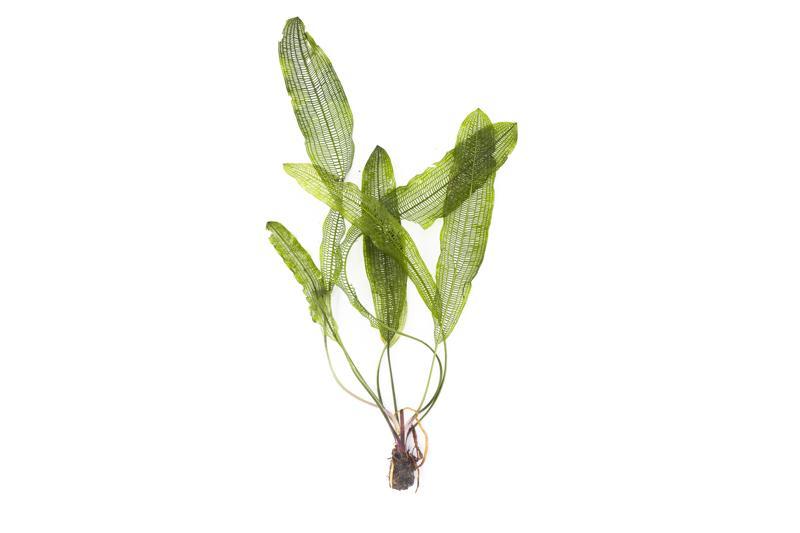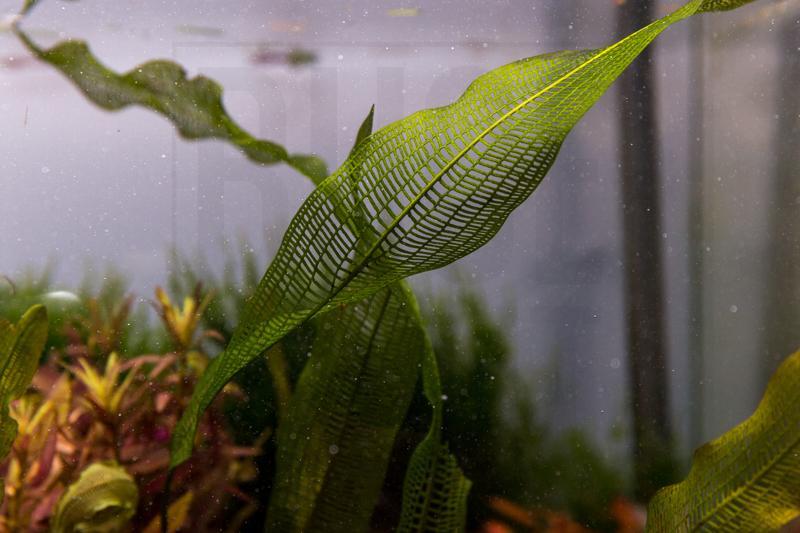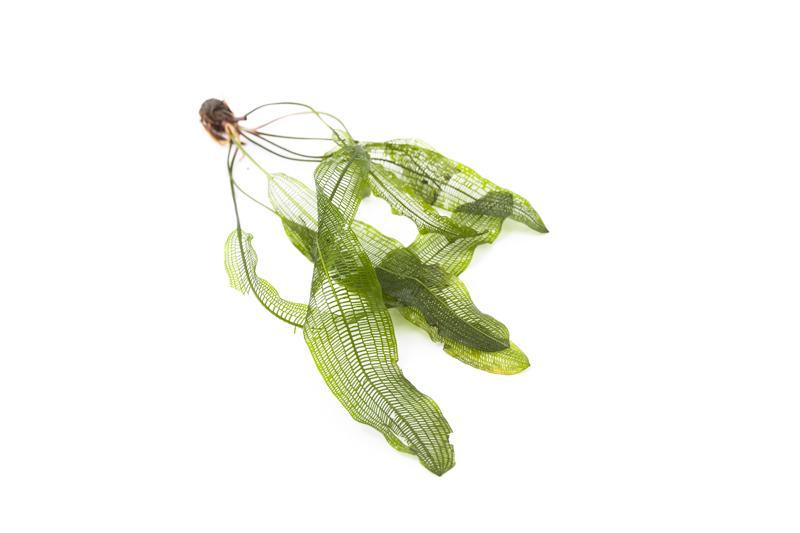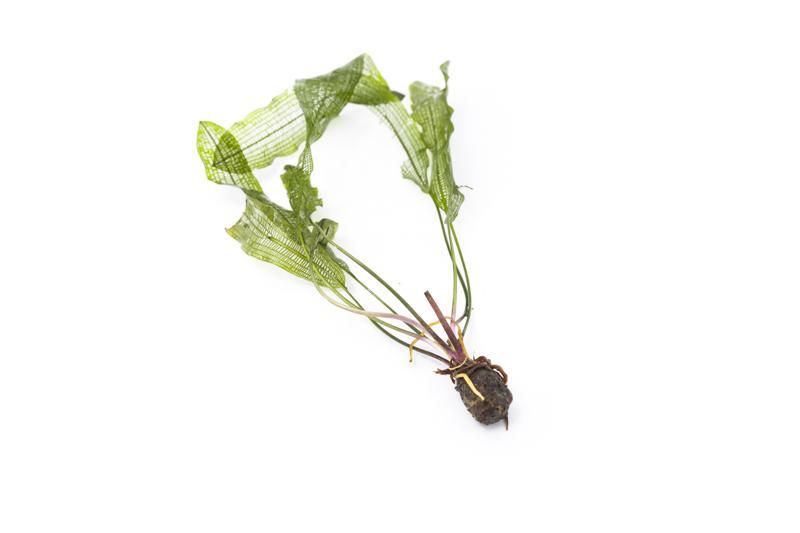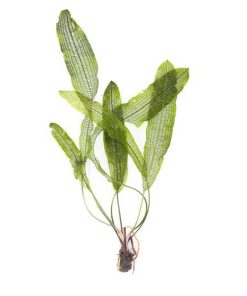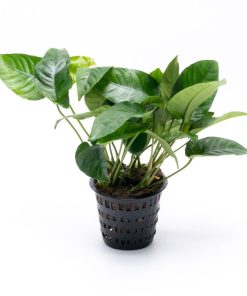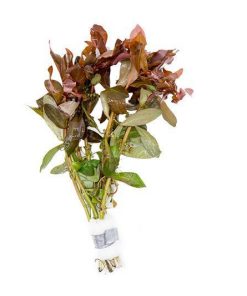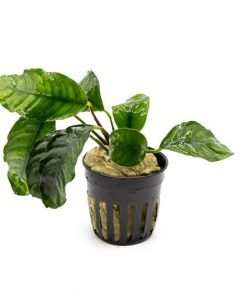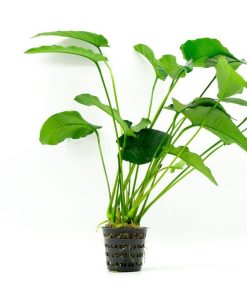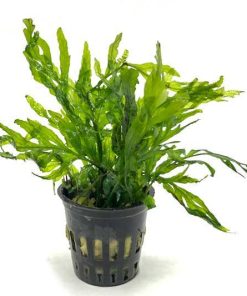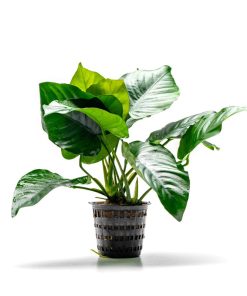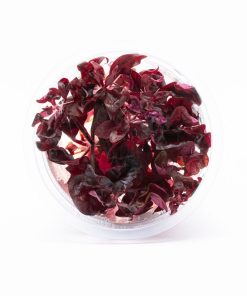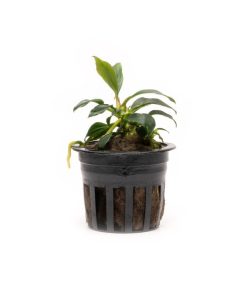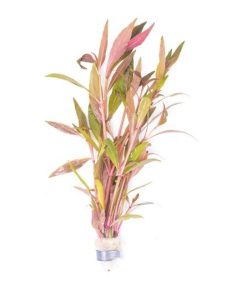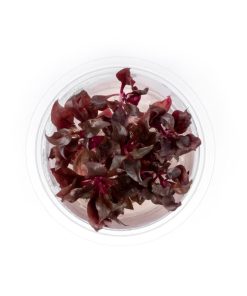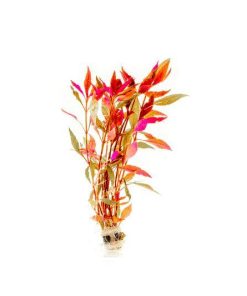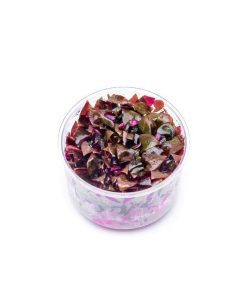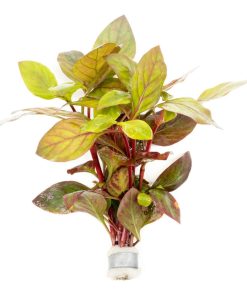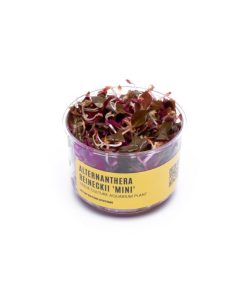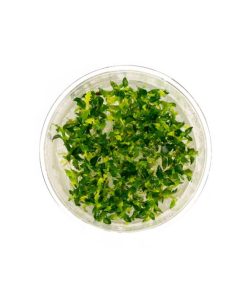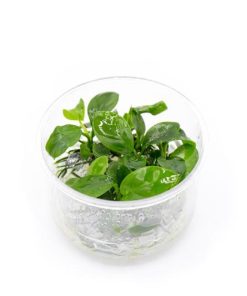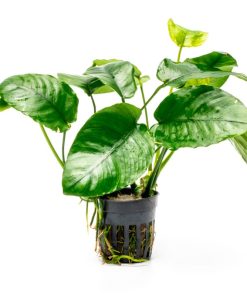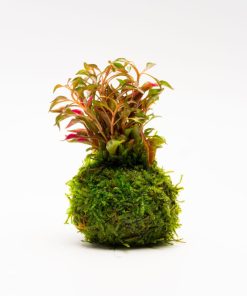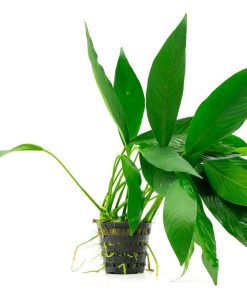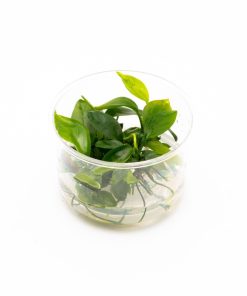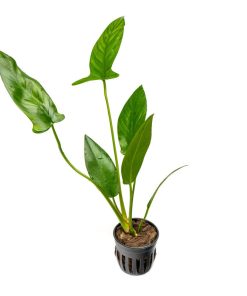Aponogeton Henkelianus Bulb IS
$ 9,99 $ 5,99
Common Name: Aponogeton Henkelianus
The Aponogeton Henkelianus is the close relative of a similar species, the Aponogeton Madagascariensis. Both plants come from Madagascar. Henkelianus is found in fast-flowing water, and features lacy, broad leaves, with swallow-tailed white or yellowish flowers. These flowers self-pollinate and allow the plant to propagate through seeds.
Interestingly, the species prefers a substrate low in organic matter. Rich substrates will actually harm the plant: dark brown dead spots on leaves are an indication that the substrate has too many nutrients. Further, Henkelianus grows best in the presence of the roots of nearby “companion” plants, such as the smaller Cryptocoryne species. This companion plant should be planted first.
The bulb of the Henkelianus should be only partially buried. And, the plant is especially sensitive to a lack of soluble iron in the water. The plant’s seeds are released with a waterproof that lets them float for 1-2 days before sinking to the bottom and getting rooted. They prefer muddy sand, and if they have the proper conditions, they should reach a size with leaves of 4” in length, and bulbs over .39” in diameter, at which point the plants can be transplanted.
In an aquarium, this species works best in the background or midground, due to its large, lacy leaves.
Notes:
- Do not make drastic changes to the aquarium. Unstable parameters will result in melt and rotting of the aquarium plant.
- Aponogeton grows fairly large making this aquarium plant suitable for larger planted aquariums.
- CO2 injection and quality aquarium soil will yield better growth.
- Please research appropriately to ensure your plant thrives.
Family Name: Aponogetonaceae
Origin: Madagascar
Height: 12” – 24”+
pH: 4.5 – 6.5
Care: Difficult
Light: Low to High
Co2: Medium
Propagation: Seeds. Self-pollinated
Growth Rate: Fast
You are purchasing a bulb that may or may not have sprouted leaves yet
Fast Shipping with Professional Packaging
Our long-standing relationship with UPS FedEx DHL and other carriers around the world allows us to offer various shipping options. Our warehouse staff are highly trained to package your goods exactly as per the specifications we provide. Your goods are thoroughly checked and secured properly prior to shipping. We ship to hundreds of thousands of customers daily in different countries. The fact that we're dedicated to becoming the largest online retailer in the World is obvious. Warehouses and distribution centers are located in Europe as well as the USA.
Please note that orders with more than one item are subject to a processing period that is based to the specific item.
Before shipping, all ordered products will be thoroughly inspected. Most orders are shipped within 48 hours. The time to deliver varies from 3-7 days.
Returns
The stock is dynamic and we do not completely manage it because multiple stakeholders are involved, including our warehouse and factory. The stock can change at any moment. Be aware that your order will be unable to fill once you've placed your order.
Our policy runs for 30 days. If you don't receive your product within the 30 days period, we are not able to provide a refund or an exchange.
The item must not be used, and it must be in its original condition. The item must be in its original packaging.
Related products
Aquatic Plant
Aquatic Plant
Aquatic Plant
Aquatic Plant
Aquatic Plant
Aquatic Plant
Aquatic Plant
Aquatic Plant
Aquatic Plant
Aquatic Plant
Aquatic Plant
Aquatic Plant
Aquatic Plant
Aquatic Plant
Aquatic Plant
Aquatic Plant
Aquatic Plant
Aquatic Plant
Aquatic Plant
Aquatic Plant
Aquatic Plant
Aquatic Plant
Aquatic Plant
Aquatic Plant
Aquatic Plant
Aquatic Plant
Aquatic Plant
Aquatic Plant
